Is Colombia safe to visit? Colombia is generally safe to visit if you follow some basic safety tips, as you will reduce your risk of being a victim of crime. However, security in Colombia is still a major concern for tourists visiting and expats living in Colombia.
Colombia still has a reputation of violence and drugs to overcome that hasn’t been helped by the popular Narcos series. What many people don’t realize is the timeframe depicted in Narcos was well over 25 years ago and that Pablo Escobar is long dead and buried.
But I frequently hear questions from people in the U.S. like “Is Colombia safe?”, “Aren’t you scared living there?”, “What is the chance I will be kidnapped when I visit?”.
Even with this perception, tourism is rapidly increasing in Colombia. In the first part of 2019, the number of international visitors passing through Colombian immigration continues an upward trend. There were 2,865,070 foreign non-resident visitors to Colombia between January and August 2019. And 22 percent of these non-resident visitors to Colombia during this period were from the U.S.
Note the above photos of Colombian police are by the National Police of Colombia.

Police officer at Pueblito Paisa in Medellín, photo by National Police of Colombia
Safety in Colombia
I have seen several inaccurate posts on the Internet about safety in Colombia. I have lived in Medellín for over eight years and I have traveled throughout Colombia for over 13 years. And probably the most common questions I get from people in the U.S. are still related to the security and safety in Colombia.
In this article, we look at some up-to-date crime statistics comparing 10 cities in Colombia in terms of homicide and robbery statistics. Also, we provide 20 recommended expat safety tips.
Everyone’s experiences and perceptions about security and safety differ. Obviously if you or a family member or close friend have been victim of a crime your perceptions about security and safety will be different than someone that hasn’t experienced a problem.
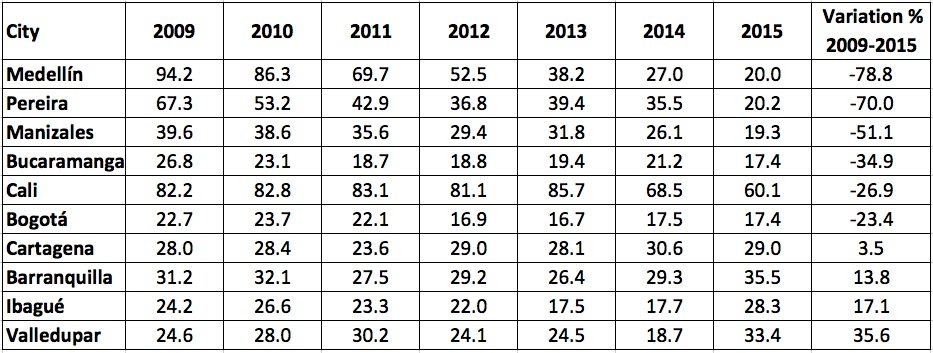
Homicide Rates in 10 Cities in Colombia 2009 to 2015, source Medicina Legal
Is Colombia Safe? Homicide Statistics in Colombian Cities
Nothing demonstrates the remarkable turnaround in the security situation in Colombia more than looking at the historical homicide statistics of cities in Colombia in the above chart. Out of 10 cities in Colombia, Medellín experienced the biggest drop in its reported homicide rate from 2009 to 2015.

Medellín Homicide Rate per 100,000 by Year – 1990 to 2018
As seen in the graphic above, in the 1990s, Medellín was known as the murder capital of the world. In 1991, the homicide rate in Medellín was reportedly 375 per 100,000 residents. This is over double the homicide rate in the current most dangerous city in the world, Tijuana, Mexico. But over the past 28 years, the homicide rate in Medellín has dropped substantially.
The following graphic shows the 2018 homicide rate per 100,000 in 10 capital cities in Colombia. The source for this graphic is from Cali Como Vamos.

2018 Homicide rate per 100,000 in Capital cities in Colombia, source: National Police of Colombia, Cali Como Vamos
in 2018, Cali had the highest homicide rate out of the capital cities in Colombia. In addition, Cali is ranked #31 on the list of the 50 most dangerous cities in the world based on the homicide rate.
Furthermore, Colombia only has two cities on the most dangerous cities in the world list based on the homicide rate (Palmira and Cali). While the United States has five cites on the list (St. Louis, Baltimore, San Juan, Detroit and New Orleans).

Police in Bogotá during Independence Day celebration, photo courtesy of National Police of Colombia
Is Colombia Safe? Robberies of Persons Statistics
Robberies of persons are much more likely to happen in Colombia. Robberies are what tourists to Colombia should be most careful about. And the rate of robberies of persons has been increasing in several cities in Colombia.
Note that Colombia reports hurtos, which means robberies and thefts. So, the robberies statistics in Colombia actually include both robberies and thefts. Robbery in English involves force or the threat of force. While theft is a broad term that can cover a wide variety of criminal offenses including pickpocketing.
The following graphic shows the 2018 robberies of persons rate per 100,000 in 10 capital cities in Colombia.

2018 Robberies of Persons rate per 100,000 in Capital cities in Colombia, source: National Police of Colombia, Cali Como Vamos
Bogotá has the highest rate of robberies of persons in Colombia in 2018 out of the 10 capital cities in the above chart. Bogotá has a major problem with robberies of persons.
According to Bogotá Como Vamos, during the first half of 2019 there were 58,092 robberies of persons in Bogotá, which was 17 percent more than the same period of 2018 (49,049). So, the robbery rate of persons is increasing in Bogotá.
In 2018, in the Chapinero neighborhood of Bogotá the robbery rate in 2018 was much higher than the overall city with 8,317 robberies of persons per 100,000. That is over eight times the robbery of persons rate in the city of Medellín.
Chapinero is an upscale area of Bogotá with Zona G, a major gourmet area of the city, where many high-end restaurants are located. Also, this is where Zona T (Zona Rosa), the entertainment area of Bogotá, and Parque 93 are located.
This is similar to what we found in Medellín and also in Cartagena, where the wealthiest neighborhoods in each city have some of the highest rates of robberies of persons. This is likely due to thieves targeting the wealthy areas of cities.
So, we recommend not letting your guard down in wealthy neighborhoods in Colombia. Also, take care particularly with cell phones, which are the most commonly stolen items in Colombia and are often stolen by pickpockets with no force involved.
Is Colombia Safe? Robberies of Homes Statistics
Robberies of homes in Colombia are much less common than robberies of persons. Most casas (homes) in Colombia have bars on windows and metal door and are difficult to break into. And many apartments in high-rise buildings in Colombia have 24×7 guards (porterias).
The following graphic shows the 2018 robberies of home rate per 100,000 in 10 capital cities in Colombia.

2018 Robberies of Home rate per 100,000 in Capital cities in Colombia, source: National Police of Colombia, Cali Como Vamos
The highest rate of robberies of homes in 2018 in the 10 capital cities was in Ibaqué followed by Bucaramanga and Bogotá.
Is Colombia Safe for Female Travelers?
Since I first started traveling to Colombia in 2006, I have seen more and more female travelers visiting Colombia. Sometimes this is in groups and sometimes females traveling solo. Colombia can be safe for female travelers.
But keep in mind that Colombia can be considered a macho society. Catcalls can happen and are accepted in Colombia. We recommend just walking by and ignore them and be confident.
Also, when you are a female traveling alone in Colombia, you will likely hear many anecdotes from other travelers. Some females who had a safe time will say, “Don’t worry, I traveled to Colombia with no problems”, while others will say “I know some people that were robbed”. Even experienced travelers can fall victim to a crime. Colombia requires extra precautions. So, make sure to follow our safety tips below.
Is Colombia Safe for Families?
Tourism is booming in Colombia and we are starting to see more and more families visiting Colombia. Our article about kid-friendly things to do in Medellín is very popular with over 18,000 views. Everyone is welcome to Colombia including families. And there are many kid-friendly things to do in cities in Colombia.
Colombians are very family-centric. Family is very important to Colombians – they celebrate holidays with large family gatherings. They are also able to depend on families when times get rough. From what I have seen it appears that in Colombia people tend to work to live and spend time with their family and friends. While in the U.S. they tend to live to work.
Also, if you follow our safety tips below your risk of having any problems should be greatly reduced. Just like traveling elsewhere, take precautions when traveling with children. Make sure to bring along a first aid kit, medications, snacks and so on.

Colombian police in Medellín, photo by National Police of Colombia
20 Colombia Safety Tips for Expats
Colombia is generally considered safe to visit if you use common sense and take some precautions. There are a number of basic precautions you can take to be vigilant about your personal safety and improve your security while in Colombia.
Here are 20 safety tips in no particular order that should improve your security and greatly reduce your risk of being a crime victim in Colombia:
- Don’t flash your cellphones, cameras, jewelry or money around. In addition, pickpocketing and purse snatching is common in some public places. Distraction is frequently the strategy, so be alert and keep an eye on your belongings. Also, be aware of your surroundings when using your cellphone, as cellphones are the most commonly stolen items in the city.
- Never resist if you are a robbery victim. Many homicide victims in Colombia resisted robberies. It’s not worth risking your life for some money and/or possessions. Don’t try to be a hero.
- Take care even in upscale neighborhoods. Take care even in upscale neighborhoods like El Poblado in Medellín; Chapinero in Bogotá; the historical El Centro (walled city) and the beach barrios of Bocagrande and El Laguito in Cartagena. Wealthy neighborhoods in several cities in Colombia have the highest robbery rates.
- Be careful on public transportation systems. Robberies are common on public transportation such as the Medellín Metro, TransMilenio in Bogotá and MIO system in Cali. So, be careful of pickpockets during rush hour. And you may not even realize you have been a victim until you arrive at your destination.
- Stay away from drugs, sex tourism and illegal activities. Participating in shady activities increases your likelihood of becoming a crime victim and historically many of the foreigner homicides in Colombia have been related to these activities.
- Be especially careful with your cell phone. Try not to be such an obvious foreigner tourist that can make you a target. An expat in shorts and flip-flops in Colombia speaking English loudly on an iPhone is likely to attract some unwanted attention. Cell phones are the most commonly stolen item in Colombia.
- Use ATMs in malls and grocery stores. Avoid ATMs on the street or in areas with few people around. And be conscious of who might be watching you.
- Avoid bad neighborhoods. The poorest neighborhoods in cities are not really places for expats, even during the day. You aren’t missing anything – there is nothing for tourists to see in these neighborhoods.
- Never leave your drink unattended. It takes almost no time for someone to drug your drink with something like Scopolamine (aka Devil’s Breath), which can wipe the memory of its victims and can affect the ability to resist criminal aggression.
- Be careful of fake police asking to check your money for counterfeits. This is obviously a scam and sometimes happens in Colombia. Real police will never do this.
- Don’t carry lots of cash with you. Only carry what you need for the day or night with you.
- Put your bag, purse or backpack in front of you. In busy areas it’s common for snatching of bags, purses or backpacks.
- Late at night call for a taxi. During the day, hailing a taxi on the street will usually be fine. But at night calling for a taxi or using an app like Cabify is safer and will ensure you are getting a legitimate driver.
- Don’t walk alone at night. It’s safer in groups. And if walking alone, stick to well-lit streets where there are plenty of people.
- Try to keep a low profile. If you keep a low profile you are less likely to become a target. And never give out information about where you live to strangers.
- Watch out for motorcycles. A disproportionate number of robberies and crimes in cities in Colombia take place by criminals on motorcycles due to the ability for a quick getaway. So, take care brandishing phones in taxis or on the street as you may attract unwanted attention from a criminal on a motorcycle.
- Don’t carry your passport with you. Carry a copy of your passport with another ID like a driver’s license. Only bring ATM and credit cards which you plan to use. Leave your passport and other cards locked up in a safe location.
- Don’t invite strangers to your home or hotel. And if you are meeting someone you don’t know, always do this in a public area like a mall, restaurant or café.
- Change locks and buy a security door. When you are living in a place long-term in Colombia always change the locks. No telling who else will have keys. And for even better piece of mind change the door to a security door reinforced with steel inside and around the frame. But make sure to get permission from the owner if you rent before replacing a door.
- No Dar Papaya. Don’t give papaya. This is a famous quote in Colombia, which means essentially don’t put yourself in a position where you become vulnerable to be taken advantage of. Many of the above tips are ways to “No Dar Papaya”.
These common-sense safety tips apply to all cities and smaller towns in Colombia and other countries in Latin America.
Is Colombia Safe? Reporting Crimes in Colombia
If you are a victim of crime in Colombia you can report this. A police report, known as a denuncia, may be filed at the nearest Unidad de Reacción Inmediata (URI) of the Colombian judicial authorities.
You may also file a report at a police station but it will not have the same validity for legal process. So, it is recommended that victims of a crime go to the nearest URI to file a formal report. And be sure to get a copy of the report.
In addition, Guala is a special division of the police that handles cases involving extortion and kidnapping. They can be reached via phone at 165.
Colombia Travel Warning or Advisories
Several countries provide a Colombia travel warning or Colombia travel advisory.
For example, the U.S. Department of State has a Colombia Travel Advisory that is currently at Level 2 – exercise increased caution. In this travel advisory, it is advised to reconsider travel to several departments in Colombia including Arauca, Cauca, Chocó, Nariño and Norte de Santander Departments, with the exceptions of the cities of Popayan (capital of Cauca) and Nuqui by air.
Also, Canada has travel advice and advisories for Colombia that says to “exercise a high degree of caution”. It also recommends avoiding all travel within 20 km of the border with Venezuela, within 20 km of the border with Panama and the ports of Buenaventura and Tumaco.
In addition, the UK has UK foreign travel advice for Colombia that advises avoiding all travel to the ports of Buenaventura and Tumaco. And Australia also has its Australian travel advice for Colombia that recommends avoiding all travel within 20 km of the borders with Venezuela and Ecuador except the Pan American Highway crossing at Ipiales and avoiding all travel to the ports of Buenaventura and Tumaco.
Medellin Guru’s Safety and Security Series
Safety is the biggest concern of foreigners visiting Colombia or planning to move to Colombia. So, we have a series of 15 popular articles about safety and security in Colombia:
- Is Colombia Safe? Colombia Security and Safety Tips
- Is Medellín Safe? Medellín Security and Safety Tips
- the Safest Neighborhoods in Medellín and the Aburrá Valley
- Medellín Robbery: Expat Experience Being Robbed at Knifepoint
- Colombia Gun Laws: Is it Legal to Have a Gun in Colombia?
- Scopolamine: The Realities of Devil’s Breath in Colombia
- Colombia Protests: Tips for Foreigners to Stay Safe During Protests
- Is Bogotá Safe? Bogotá Security and Safety Tips
- Is Cartagena Safe? Cartagena Security and Safety Tips
- Is Cali Safe? Cali, Colombia Security and Safety Tips
- Is Santa Marta Safe? Santa Marta Security and Safety Tips
- Is Pereira Safe? Pereira, Colombia Security and Safety Tips
- Is Manizales Safe? Manizales Security and Safety Tips
- Is Bucaramanga Safe? Bucaramanga Security and Safety Tips
- Is Barranquilla Safe? Barranquilla Security and Safety Tips

Colombian Police in Medellín, photos by Colombia National Police
The Bottom Line: Is Colombia Safe? Security in Colombia and Safety Tips
Colombia is the second most bio-diverse country in the world and there are many amazing things to see in Colombia. We previously looked at the top 20 tourist attractions in Colombia. And tourism has been increasing in Colombia each year over the past several years.
But the biggest question I have received since living in Colombia has been “Is Colombia Safe ?” And my answer has been “yes”, as long as you follow some common-sense guidelines.
Colombia unfortunately still has a bad security reputation to overcome that is for the most part undeserved. The reality in Colombia is that the security situation has improved dramatically over the past couple of decades. But many foreigners still ask “Is Colombia safe?”.
The biggest concern of expats visiting or planning to move to Colombia is typically security and safety. But once they start living in a city in Colombia, security becomes less of a concern once they realize that the reality doesn’t match the perception many foreigners have.
The bottom line is if you take the precautions we recommend above with our safety tips, your risk of being a victim of crime in Colombia should be greatly reduced.
Sign up for the Free Medellin Guru Newsletter – You can see all of the previous Medellin Guru weekly email newsletters and sign up here.


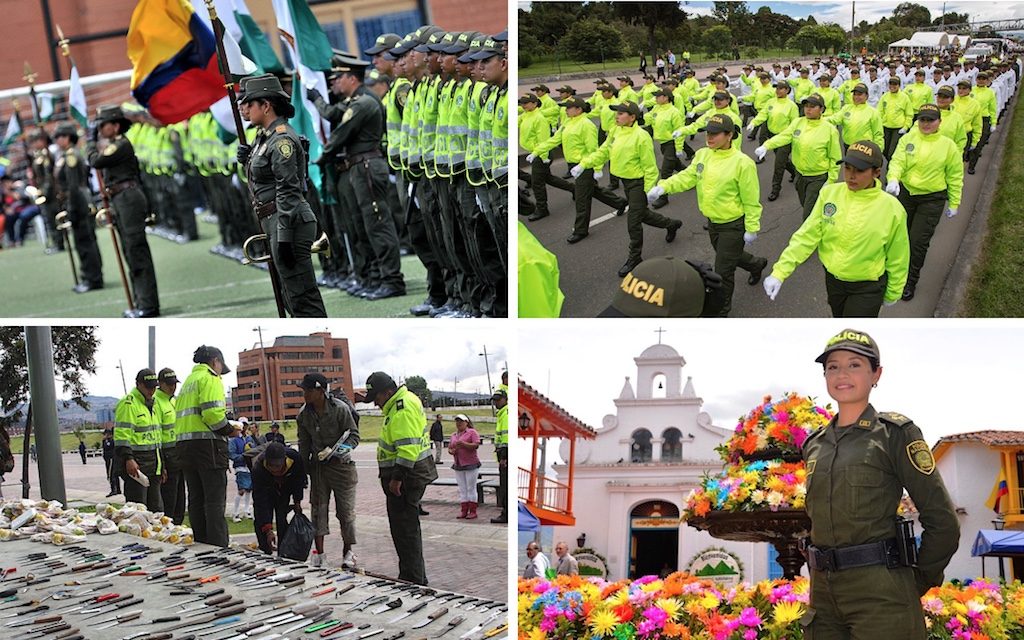
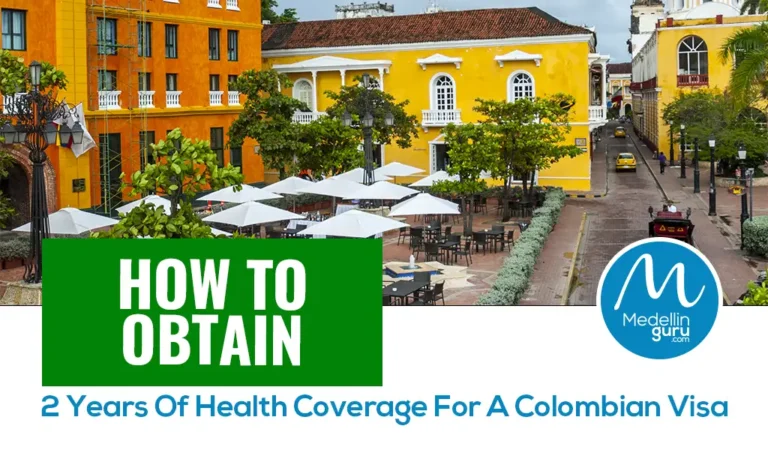

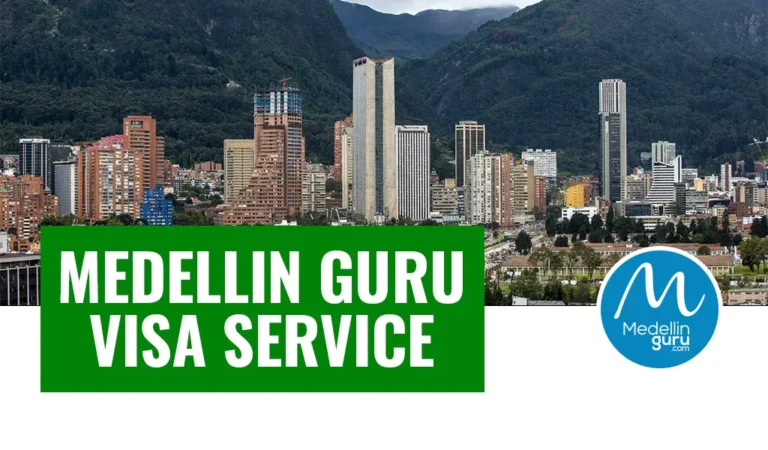


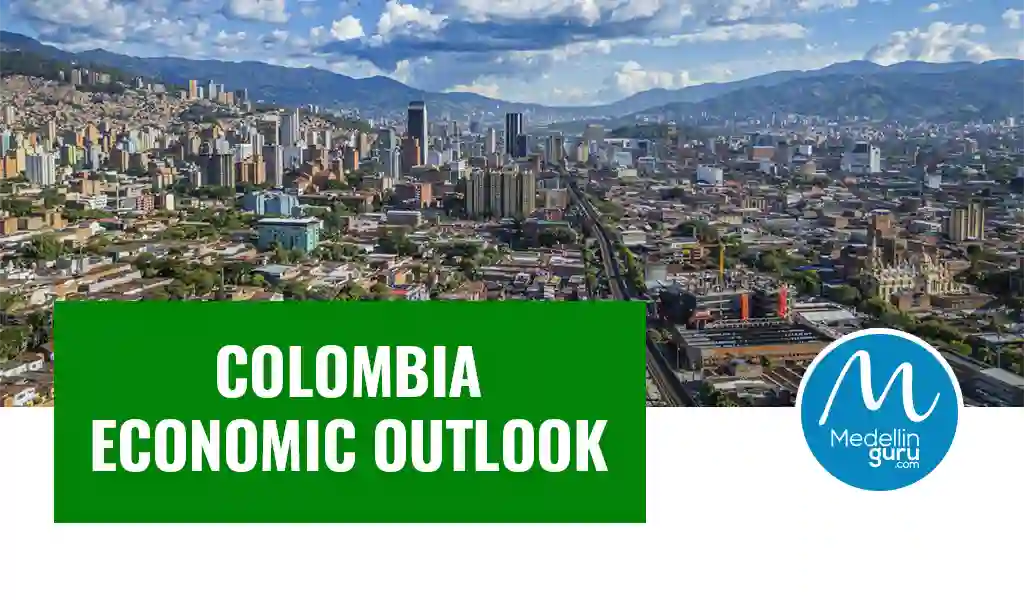

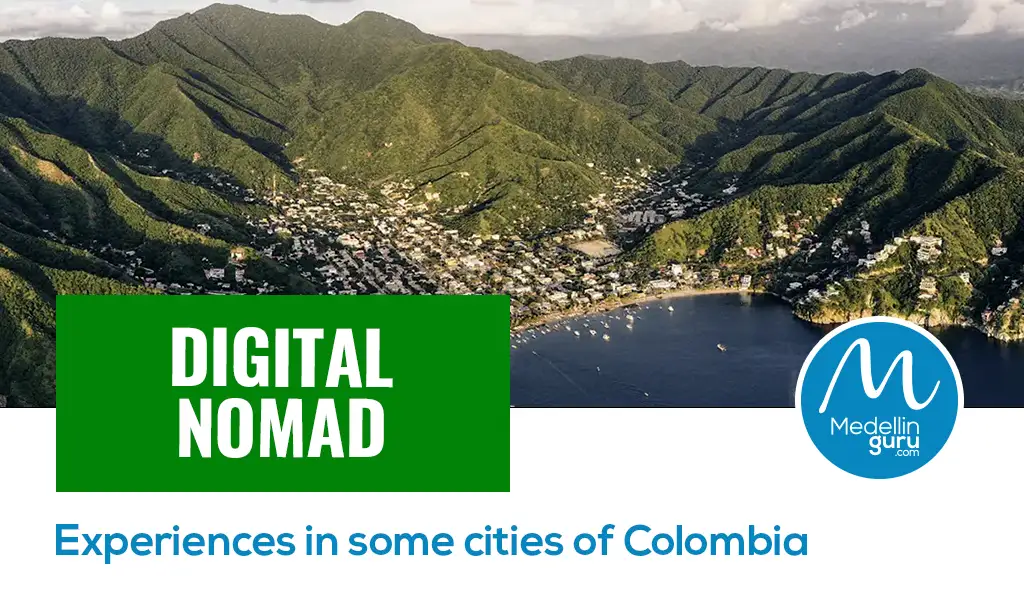
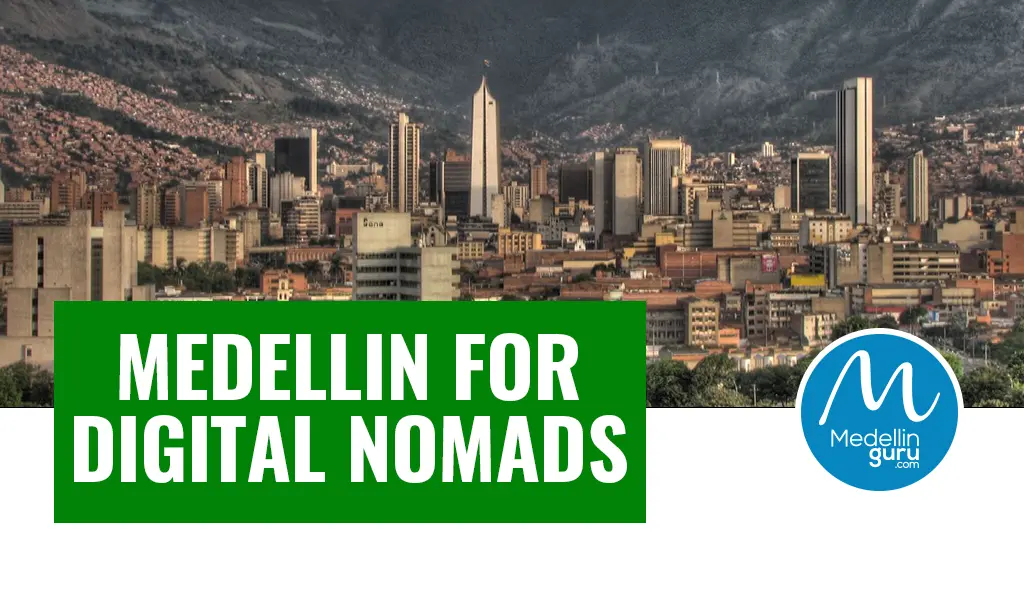
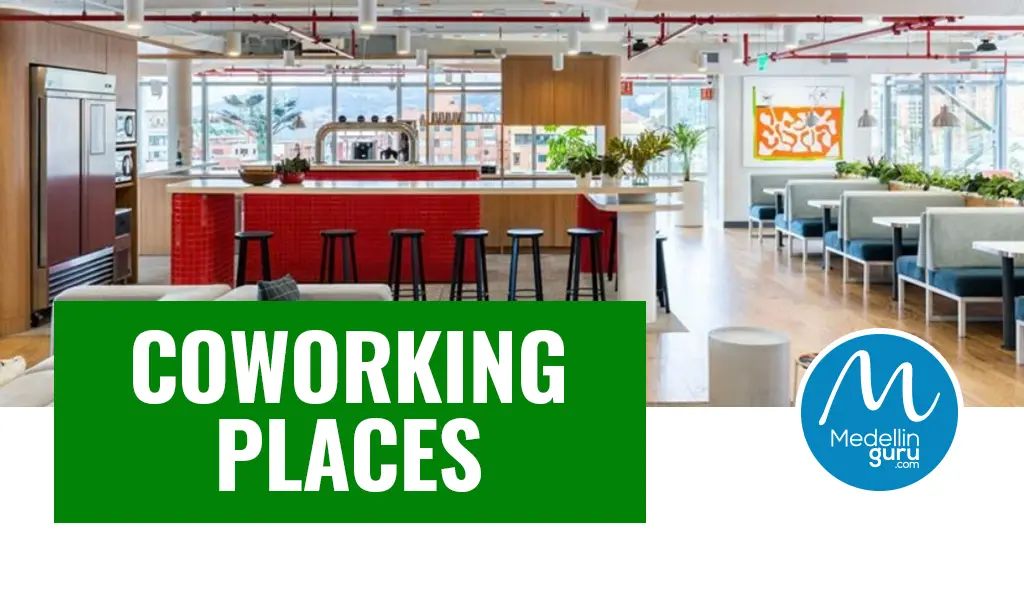




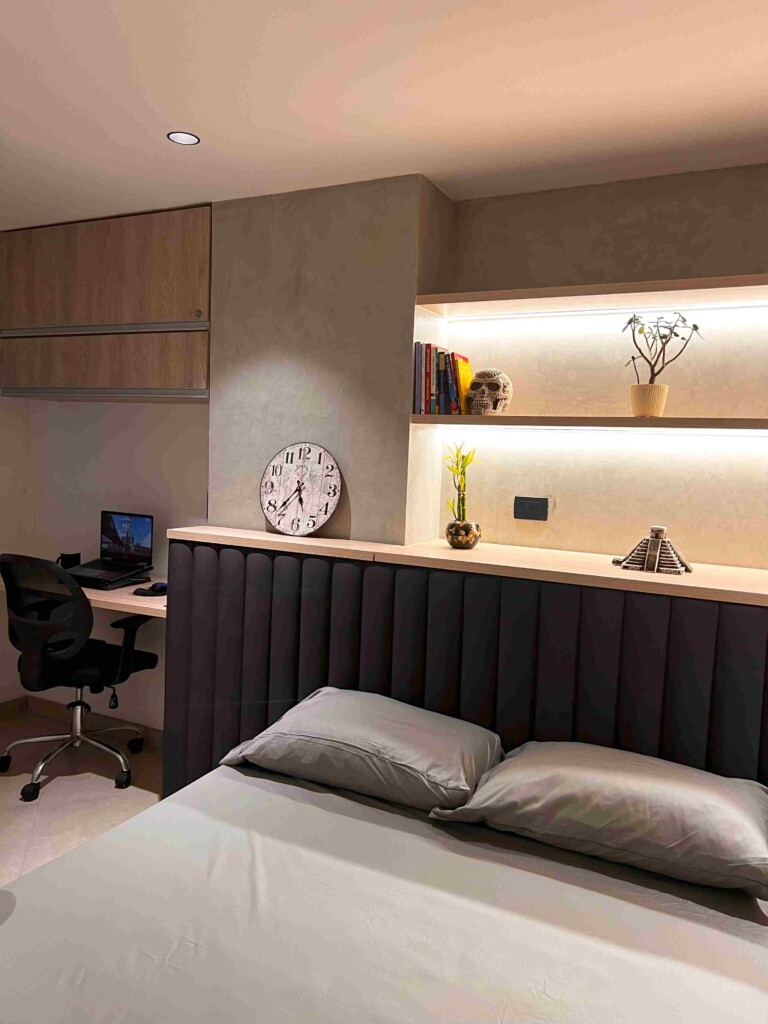








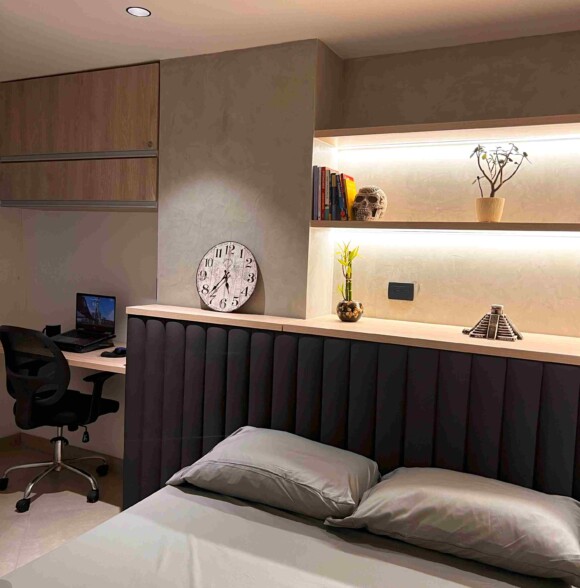




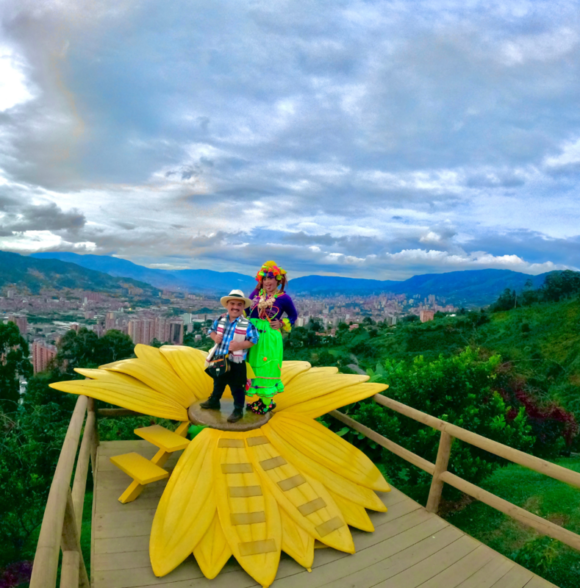


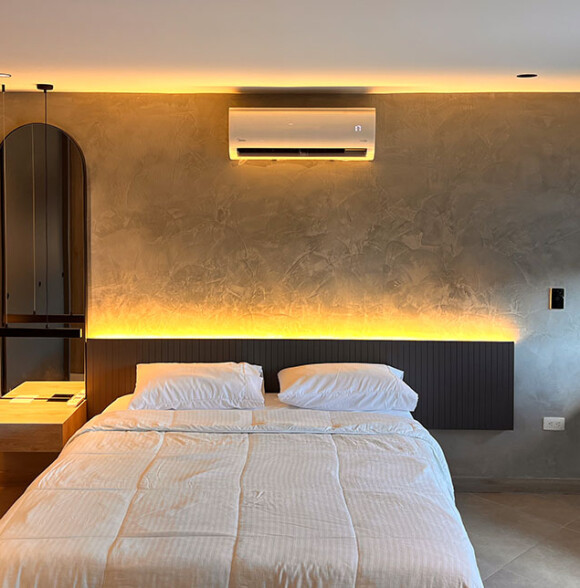
4 thoughts on “Is Colombia Safe? Colombia Security and Safety Tips – 2019 Update”
Greetings ..thank you for this article.
I will be traveling to Cartegna for New Year’s. Can you offer any suggestions as to what to do and where to go? We are a group of women in our 40’s. We love to dance and eat but we are not wreckless 🙂
Thank you
We have a recommended 72-hour itinerary for Cartagena that has some of best things to do – https://medellinguru.com/cartagena/
I feel safer in Cartagena than most large US cities. Also, the people in Cartagena treat me better than in the US.
Nice post. A friend visiting Bogota was robbed twice in the Chapinero neighborhood when walking at night and he was there for only a week. Be especially careful in the upscale neighborhoods in cities in Colombia. Don’t let your guard down.